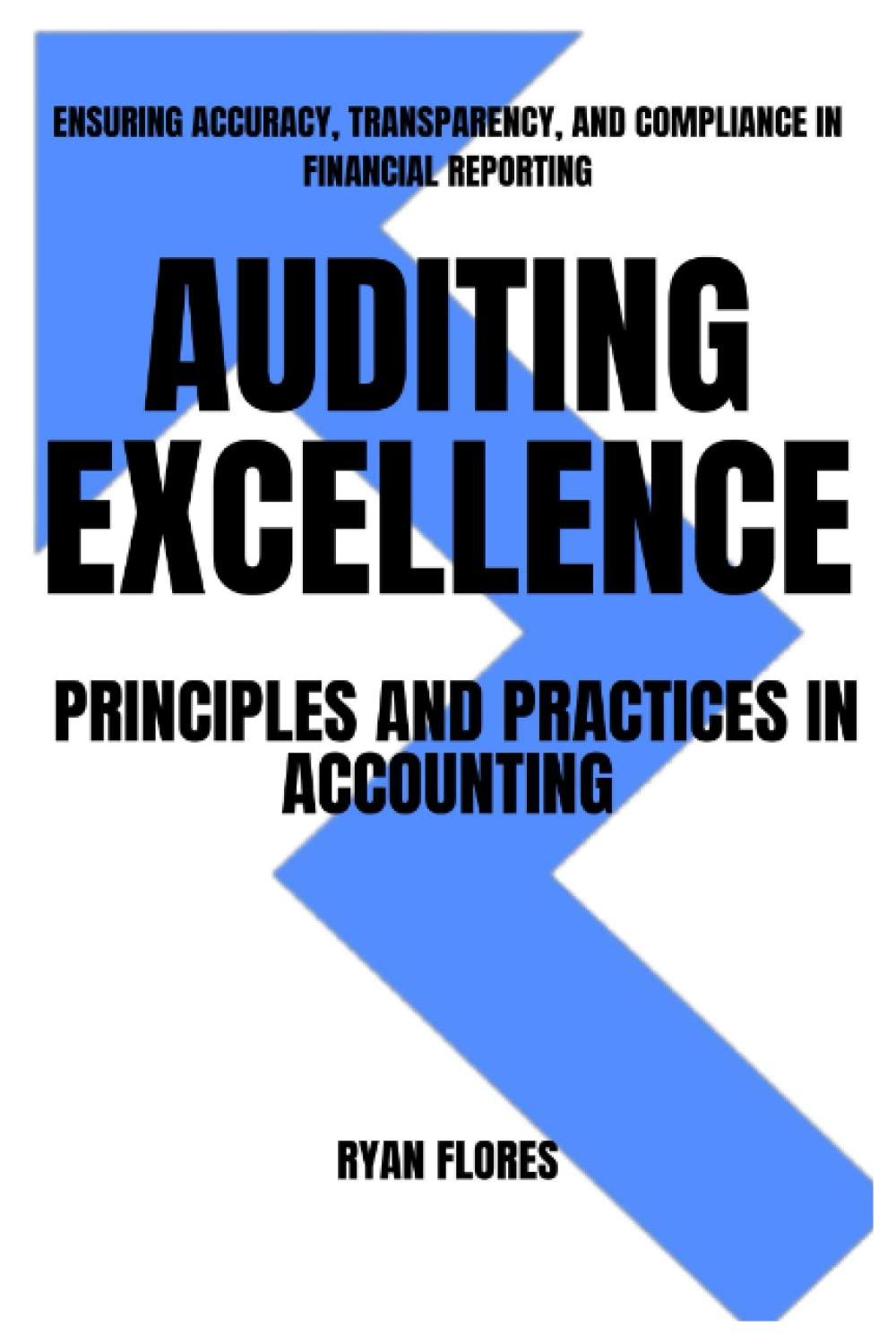MUUR. STION Which way of assigning overhead does the best job--th Un-based approach by using departmental rates or the activity-based approach by using transactions processed for each product? Explain. Discuss the value of ABC before the duffel-bag line was added. urte bag by Problem 5-54 Plantwide versus Departmental Rates. Product-Costing Accurac Activity-Based Costing Ramsey Company produces speakers (Model A and Model B). Both products pass through producing departments. Model A's production is much more labor-intensive than that of Mo B. Model B is also the more popular of the two speakers. The following data have been gathe for the two products: Units produced per year Prime costs Direct labor hours Machine hours Production runs Inspection hours Maintenance hours Overhead costs: Setup costs Product Data Model A Model B 10,000 100,000 $150,000 $1,500,000 140,000 300,000 20,000 200,000 40 800 1,200 10,000 90,000 60 Inspection costs Machining Maintenance Total $270,000/100 = 2.700 Ru 210,000 72,000 = 105 te 240,000 / 800,000 - 1.09 H 270,000/ 100,000 = 2.70 H $990,000 Required: 1. Compute the overhead cost per unit for each product by using a plantwide rate base direct labor hours. (Note: Round to two decimal places.) 2. Compute the overhead cost per unit for each product by using ABC. (Note: Round and unit overhead cost to two decimal places.) 3. Suppose that Ramsey decides to use departmental overhead rates. There are two departments: Department 1 (machine intensive) with a rate of $3.50 per machine h and Department 2 (labor intensive) with a rate of $0.90 per direct labor hour. The mntion of these two drivers is as follows: Required: = 2.70 KR 1. Compute the overhead co overhead cost per unit for each product by using a plantwide rate based on direct labor hours. (Note: Round to two decimal places.) 2. Compute the overhead cost per unit for each product by using ABC. (Note: Round rates and unit overhead cost to two decimal places.) 3. Suppose that Ramsey decides to use departmental overhead rates. There are two departments: Department 1 (machine intensive) with a rate of $3.50 per machine hour and Department 2 (labor intensive) with a rate of $0.90 per direct labor hour. The consumption of these two drivers is as follows: Model A Model B Department 1 Machine Hours 10,000 170,000 Department 2 Direct Labor Hours 130,000 270,000 Compute the overhead cost per unit for each product by using departmental rates. (Note: Round to two decimal places.) 4. CONCEPTUAL CONNECTION Using the activity-based product costs as the standard, comment on the ability of departmental rates to improve the accuracy of product costing. Did the departmental rates do better than the plantwide rate








